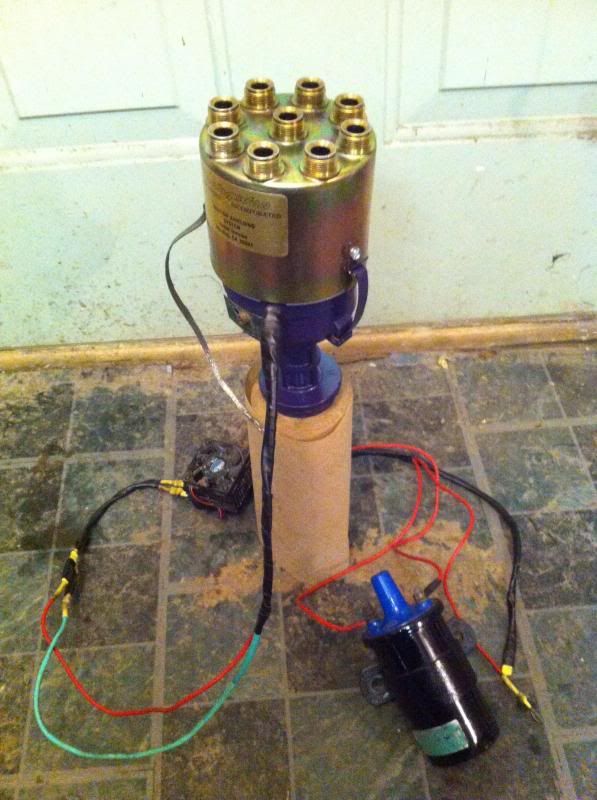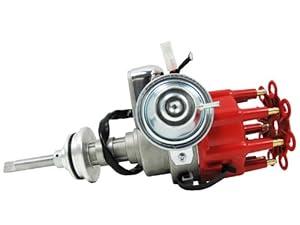macdrew77
Well-Known Member
Sorry guys this is my first car and I have a ton of questions. So I just purchased a 1970 Dart Swinger, and am in the process of getting it running and sorting out a lot of wiring issues. I have a few questions about some parts on the car. Can anyone tell me more about the electronic ignition box, like brand, or if it has a rev limiter built in? What about the light metal box on the firewall? And the other box near the battery? What about these Sunpro mini gauges? Do all they require is a 5v positive connection and a ground? The temp/pressure sending wires are already hooked up. Also, I tested all the pins coming through the firewall for voltages in different key positions and only one pin has 12v on both Start and ON, and it currently has 3 wires jumped to it. Should there be more than one pin getting those voltages? And do you forsee a problem having 3 wires jumped to that pin? Thanks for any and all input.
Drew
Drew


















